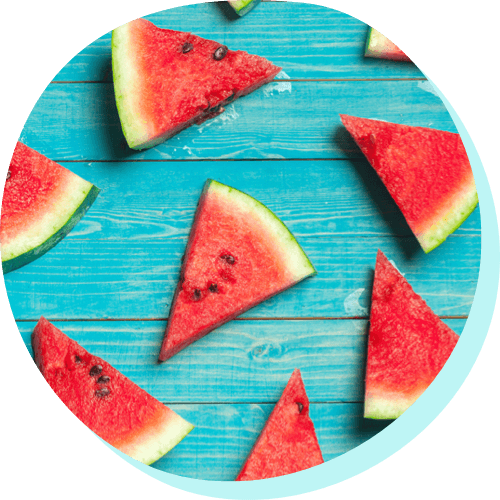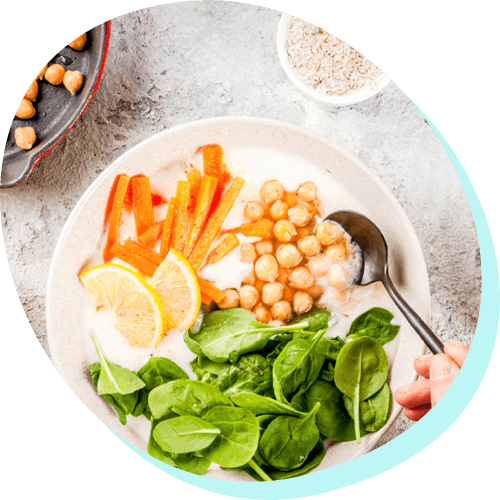If you’ve been trying to eat healthier, you’ve no doubt been looking for foods high in both protein and fiber, which means you’ve most likely started using beans in a lot of your dishes. Aside from being extremely versatile, beans (and other legumes) are typically cheap and provide a hearty dose of B vitamins, which research suggests are important nutrients for your brain and nervous system.
But for as healthy as they are, beans can also come with a downside: flatulence. Why is this the case? And what’s the truth around beans and gas? Is there any way to enjoy this good-for-us food without dealing with embarrassing stomach discomfort? Read on to find out.
Beans, Resistant Starch, and Oligosaccharides
Beans are rich in resistant starch, a complex carbohydrate that affects the body similar to dietary fiber. Resistant starch is great at providing a feeling of satiety, but it’s not that easily digestible (hence the “resistance” part).
Beans and legumes can also contain oligosaccharides, which are another type of carbohydrate that can also be difficult to digest. When undigested oligosaccharides reach the colon, they can cause bloating and gas.
While both resistant starch and oligosaccharides play an important role in our digestive system, it’s important to remember that if you don’t eat a lot of fiber and then eat a whole cup of beans at one meal, your body might not be used to the influx of fiber. Just because beans may give you gas initially doesn’t mean it will keep happening if you regularly incorporate them into your diet. You may also be sensitive to different kinds of beans and legumes, so it’s worth experimenting with small amounts to find out which you tolerate best.
At the end of the day, beans are an incredibly healthy food that are part of the Mediterranean diet, a nutritious eating plan that may contribute to increased longevity and lower the possibility of developing chronic disease.
How to Eat Beans Sans the Gassy Experience
If you want to start incorporating more of these high-fiber, protein-rich legumes into your diet, start with small amounts in soups, on top of salads, and as snacks (chickpeas are the main ingredient in hummus!), and see how your stomach feels as you gradually build up your daily allowance. Keeping a box of Gas-X Maximum Strength Softgels close by is another great way to enjoy beans without discomfort as all Gas-X products include the No. 1 doctor-recommended ingredient for fast gas relief among OTC brands. If your newest healthy habit is causing you a little bit of gas and bloating, Gas-X will bring relief — fast!






